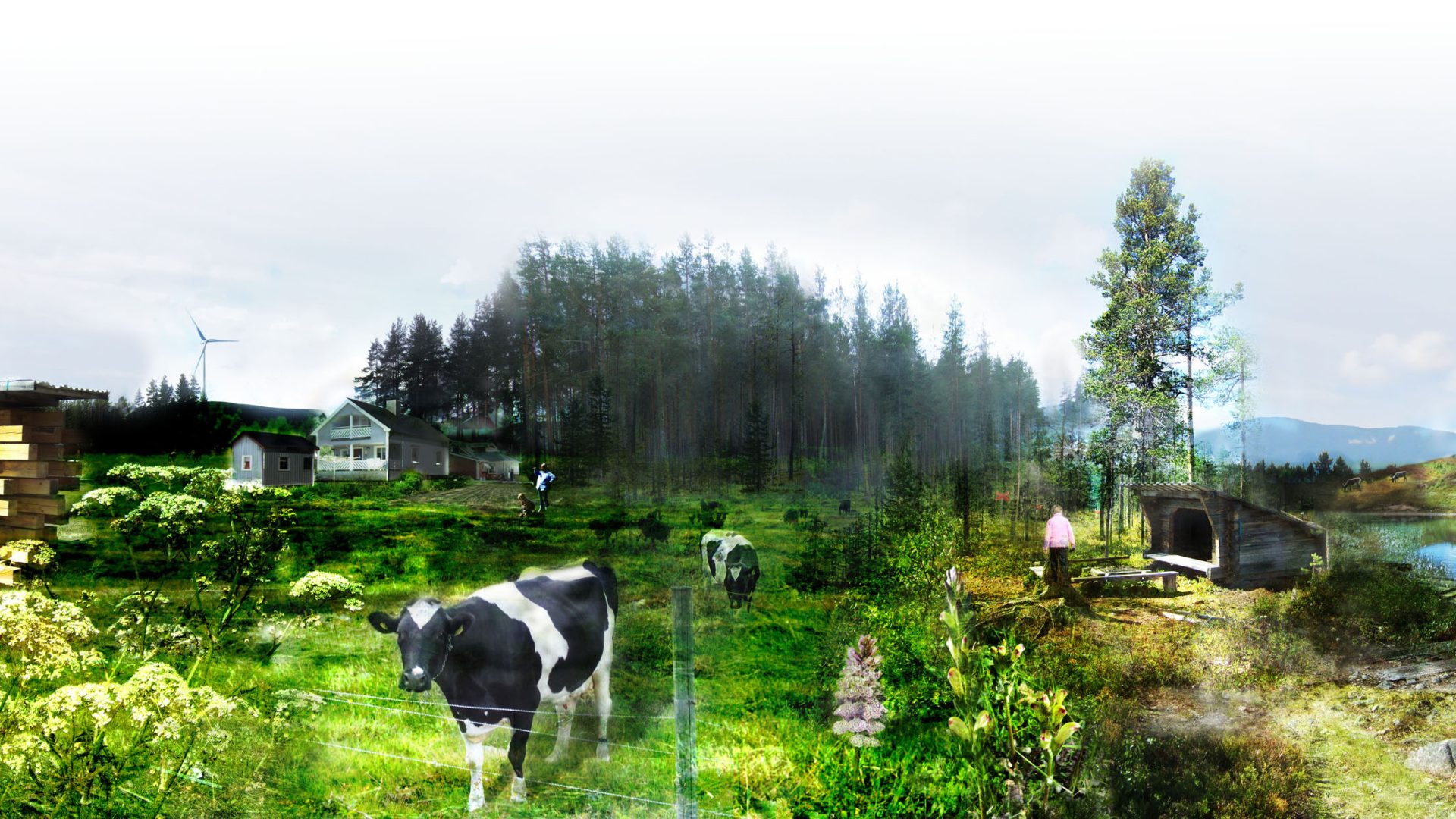The forest landscape in northern Sweden holds many economic, ecological and sociocultural values. Besides serving as a timber resource, the forest is also a source for biodiversity, natural and cultural values, recreation, energy material, hunting, fishing, and reindeer husbandry. All these values and functions interact with each other and are represented by many different stakeholders, which demands good tools and constructive methods in order to create a successful and inclusive planning process. In light of this, researchers from the Swedish University of Agricultural Sciences have examined the potential of the forest through scenario analysis.
There is a demand for a development of new models of management and decision support within sustainable forest management. Scenario analysis is one useful method, systematically investigating causal relationships, uncertainties, and drivers for change that might influence a potential future. The objective is not to predict the future, but to describe plausible developments of what the future might hold.
The study was focused on investigating how scenario analysis can be applied as a method for including numerous forest values and stakeholders in a participatory planning process. In the study, local stakeholders and scientific experts were tasked with identifying and discussing important factors that drive change in forest landscapes and how these factors affect each other. With help of the software Parmenidos Eidos™, the researchers then constructed three possible scenarios looking 30 years into the future.
Using local stakeholder knowledge in planning
The scenario development method used here was suitable for involving local stakeholders in the forest landscape planning process. Scenario analysis is well suited for integrating scientific and stakeholder knowledge and values, as well as combining quantitative and qualitative methods for broad examinations of possible future scenarios. However, there is room for improvement, primarily regarding participant influence and representation, as well as motivating factors for the participants such as more time for discussion and closer contact with policy-makers. It is important to create good conditions for communication when complex questions are being discussed.
Creating a meaningful participatory process
Ideally, scenario analysis should be an ongoing process with continuous discussions between both local stakeholders and decision-makers regarding strategies for handling various scenarios. In this way, scenarios can function as a tool for preparing for the future and developing policy strategies in a continuous and dynamic process, rather than being regarded as fixed end products.
Working with scenarios offers the possibility to create a feeling of ownership of the process among participants and thereby motivate them to invest time in the process. The discussion of different scenarios might help shift the focus from current conflicts between forest values towards the possibilities of the common future. At the same time, it is important to apply methods in the scenario development that create a meaningful process for all participants – a process based on trust, legitimacy, responsibility, and respect in close contact with decision-makers.
Fact:
Julia Carlsson, Ljusk Ola Eriksson, Karin Öhman, Eva-Maria Nordström, Combining scientific and stakeholder knowledge in future scenario development — A forest landscape case study in northern Sweden, in: Forest Policy and Economics, Volume 61, 2015, Pages 122-134, ISSN 1389-9341.
Illustration: Charlotta Gard.

